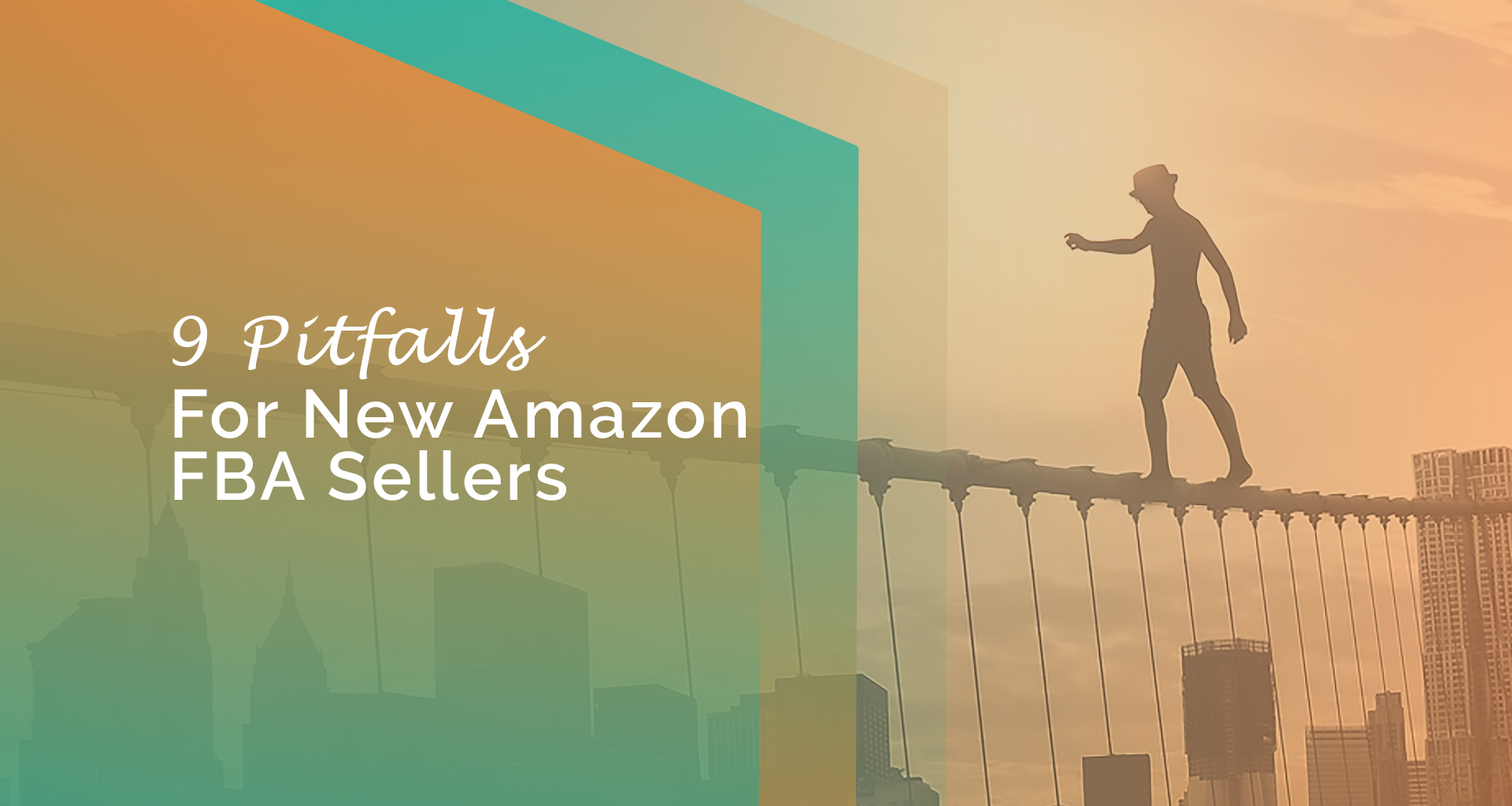As an Amazon FBA seller, you know that scaling your business and increasing Amazon sales rank is essential to growth. But what is the right funding option to help you reach your goals?
This blog post will explore the standard funding options for Amazon FBA businesses and highlight the benefits and drawbacks of each. By understanding the different funding options available to you, you can make an informed decision about which one best suits your needs. So, let’s get started!
The Best Funding Options For Scaling FBA Businesses:
With the growth of your Amazon business, you may find yourself in need of seeking additional funding to scale your operations. While many funding options are available, not all of them are good for scaling FBA businesses. We will provide tips on choosing the right funding option for your needs and the best funding options for growing your FBA business.
- Amazon Lending:
This program is an invitation-only service offered by Amazon to help small and medium-sized businesses grow their business on the platform. The various financing options are both short-term and tailored for each seller’s needs. If you meet all the criteria, then you will be notified that you are eligible for the loan on the Seller Central dashboard.
The eligibility requirements are that sellers have an account in good standing with positive customer metrics with a steady increase in Amazon product sales over time and are also active sellers on Amazon.
This program is best for Amazon businesses already having a steady increase in sales. However, it might not be worth taking out a loan if your inventory isn’t moving quickly enough since you won’t have the means to pay it back on time.
The loan range is around $1,000 to $750,000, and the term loan length ranges from 3, 6, 9, or even 12 months, having fixed monthly payments. Additionally, you can expect your interest rate to vary depending on what kind of account you have and how much money is made. Sellers report receiving a 3% to 17% annual payment rate.
- Business Term Loan:
If you are looking into getting a business loan for the first time, it is always best that your bank or credit union offers term loans. This type of finance works well with people who have annual revenues over $50k and good credit history because they can take out amounts up to about 5 million dollars.
This type of loan is potentially composed of interest plus fees in fixed monthly payments over time periods of anywhere from 5 to 20 years. Apply through an online direct lender who requires less stringent eligibility requirements to avoid paying more than you should. Some lenders may even factor in your amazon listing quality, so be vary of listing optimization.
- SBA Microloan:
The Small Business Administration or SBA offers a microloan for those who want to start their own business or expand an existing one. The designated lenders make funds available, then qualified applicants can take out up to $50k in loans.
It may be surprising for you to find out that you can get a loan for business purposes if your company does not meet specific criteria. Microlenders focus on small for-profit businesses with no bankruptcies or foreclosures in the last one to two years, and they offer loans regardless of personal credit scores.
If you’re a business owner with limited experience or funds, this option can be great for your company. It’s also good if credit is an issue and/or finances aren’t recorded anywhere else, as it will help establish credibility in case any future creditors come looking.
The SBA provides financing to small businesses through designated intermediaries. The requirements for each intermediary lender are different, but generally, they require collateral and personal guarantees from you as the business owner.
The loan range is around $500 to $50,000, and the term loan length is up to 6 years max. Additionally, you can expect your interest rate to vary from 8% to 13% annual payment rate.
- Personal Savings:
While it is uncommon for top amazon FBA sellers to recommend using personal savings when investing in their own company, this may be your only option if other avenues fail.
You could easily make back quickly as long as you are selling at a good rate and have enough money set aside for inventory purchases. Thankfully, the process is very simple, and you don’t need any kind of qualifications like credit checks or paperwork.
- Fintech Lenders:
These days, the main challenge in getting a loan is that it’s not just your regular old banks or credit unions who offer them. You have to go through all sorts of electronic channels, which can be difficult if you need assistance from a bank or a credit union.
Why would you choose a traditional lender when there is an easier way? Fintech lenders provide the same services as your favorite bank but with some key differences. They offer loans or lines of credit that are much faster to receive and have less rigorous criteria for approval than other lending institutions, all while being more flexible and having inventory deals, so it works out better overall!
Examples:
Two examples of such vendors include Payability Capital Advance and Kabbage, which can give up to $250,000 in less than 24 hours.
- Merchant Cash Advances:
Merchant Cash Advances or MCA is an easy and fast way to get funding for your Amazon FBA business, even if you don’t have collateral. You can find a lender online with little or no paperwork required – so it’s very convenient.
Be wary of high-interest rates, especially if you have top amazon FBA sellers in place, since your half funding may go to your PPC campaigns. It’s an unregulated industry, and some companies may charge you fees while others don’t. Ask what they are before taking out any loans because it could vary widely from one lender to another.
Loans of all sizes are available, with the typical lump sum being based on credit card sales and repayment through an added fixed fee plus percentage. Loans between $2,500 to $250k tend to be more popular.
- Peer-to-Peer Loans:
The first step in getting a peer-to-peer loan is filling out an application on one of the P2P websites. For investors to be comfortable with lending money, you need information about your credit score and debt to income ratio and why your business requires this financial aid. This is so the investors feel secure about investing in your business.
The P2P lending website has a few strict guidelines to follow if you want your loan approved. It can take up to a few weeks. You can help speed up the process by reviewing all of the details carefully beforehand on their site or talking with a professional who can answer any queries you may have.
- Amazon Line of Credit:
Goldman Sachs has teamed up with Amazon to provide sellers the opportunity for a flexible and convenient way of taking out loans. Amazon Business Line of Credit is a new service that offers sellers the opportunity to access funds when they need them. This differs from lending a loan as you can request money when the need arises rather than taking one large sum.
The process of getting funding by Goldman Sachs line of credit is an invite-only one, with no general information about how it works. When you click on the invitation, you’ll be redirected to Marcus’ website to verify your eligibility. Amazon will share your data with Goldman, which is then used to underwrite a line of credit.
The option of a line of credit can be more beneficial for your business than taking an Amazon Lending loan. The ability to use the money when needed and not having any monthly obligations makes it worth considering other options available on their website.
The loan range is up to $1M, and you can expect your interest rate to vary in a range of 6.99% to 20.99% annual payment rate.
- SellersFunding:
SellersFunding is the ultimate tool for sellers who want to take their Amazon FBA game up a notch. It uses an artificial intelligence algorithm to qualify your store, looking at performance metrics over six months of consistent selling at $30K or more per month.
In just 5 minutes, it can tell you if you are qualified, and to find out whether you are able to get your desired amount takes up to 1 to 2 days only.
SellersFunding offers attractive interest rates of 15% to 24% without any hidden fees or pre-payment penalties. The biggest advantage to this option is that you can take out another loan as soon as 50% of your current one has been paid back. However, be careful because getting too far into debt could quickly become overwhelming.
- Personal Loans:
You can get a personal loan for any purpose you need, with many banks and fintech lenders offering both secured (collateral required) and unsecured loans. Many people turn to personal loans when they’re just starting, as these can be a good option for those without any sales history.
The internet is a great place to find personal loans, but not all of them will work for you. Your eligibility for a personal loan is contingent on your credit score, debt, and income- so take some time to evaluate before making any decisions.
This is the perfect option for individuals just getting started and who aren’t eligible to take out a business- or sales-based eCommerce loan. They allow you fast access to cash for prompt startups.
The loan range is around $1,000 to $35,000, and the typical term loan length ranges from 2 to 7 years. Additionally, you can expect your interest rate to vary based on your credit.
Conclusion:
Now that you understand the different funding options available to help you scale your FBA business, it’s time for you to decide which option is best. Depending on your specific needs and situation, one of these funding sources may be a better fit than the others.
Keep in mind that no single option is suitable for everyone, so it’s essential to do your research and compare your choices before making a final decision. However, most sellers will be able to find a suitable funding option from among the many available choices.
We hope this blog has aided in giving you a better understanding of what’s out there and how to choose the best funding source for your business. Please contact us if you’re looking for help getting started with an Amazon PPC strategy or want more information about any of the funding options we’ve discussed here. We’re happy to help!

